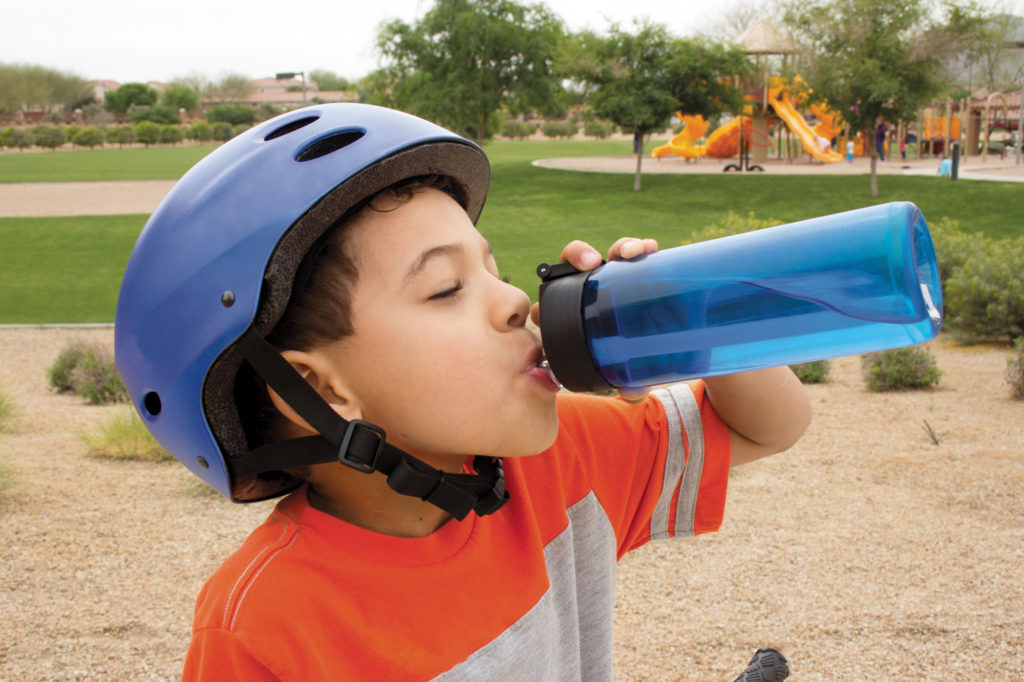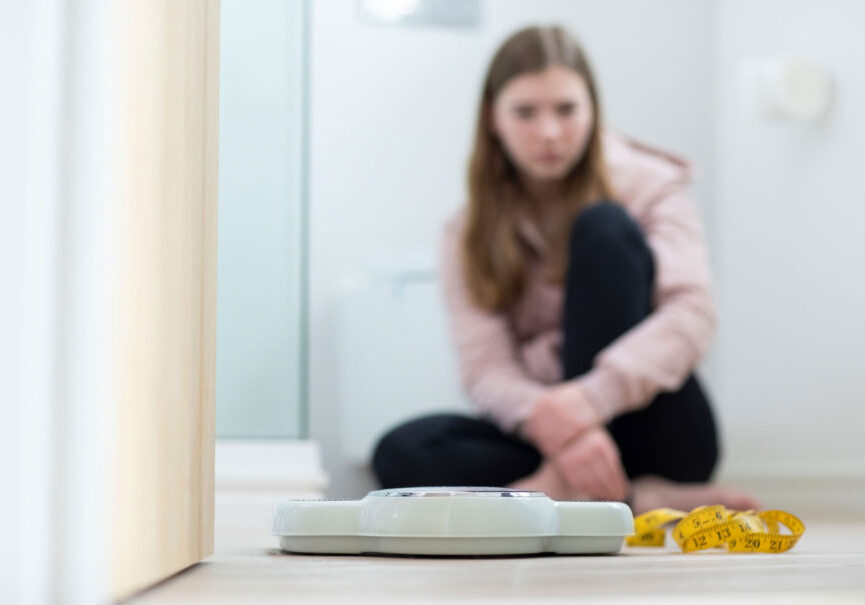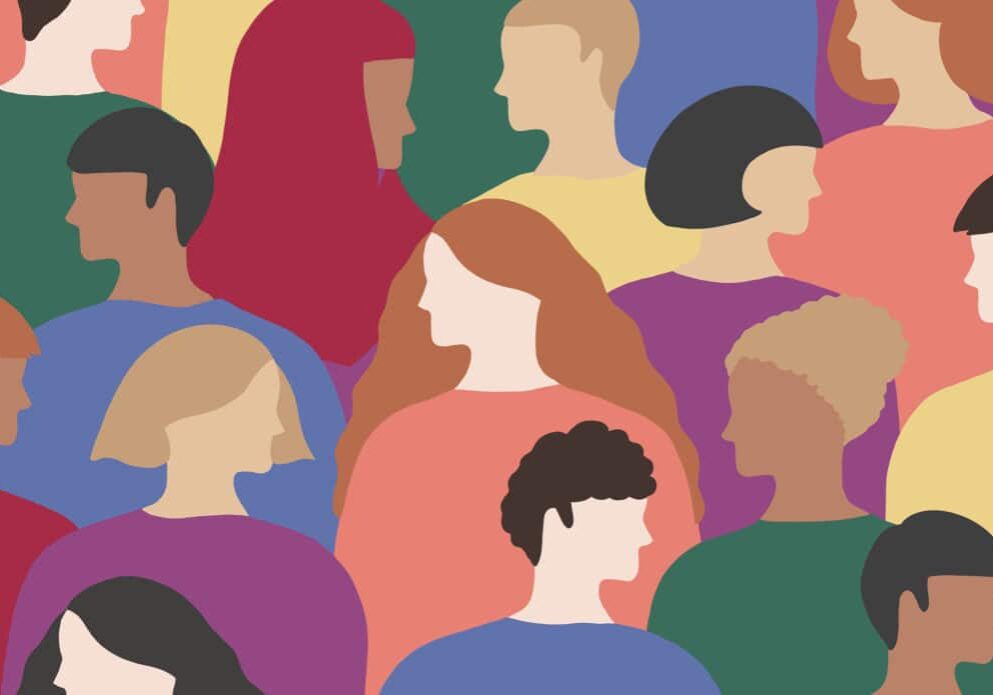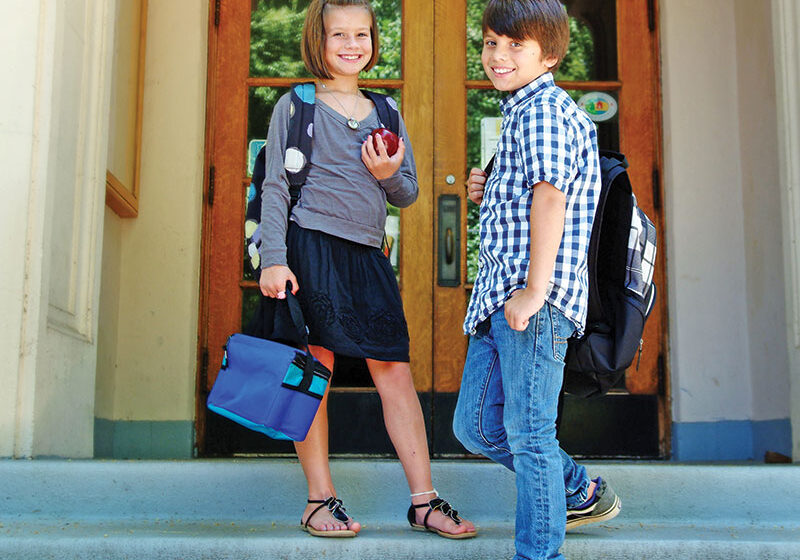We are what we eat, and what we eat can either trigger or ease anxiety. With so many stressors that our children face on a daily basis—from homework to busy schedules to social pressures and bullying—it’s helpful to understand how something as simple as food and drinks can impact their stress level. Here are three key components of your children’s diet to pay attention to if you want to help them live in a more balanced, calm way.
Drink Enough Water
As one of our most essential natural resources, water provides numerous benefits including improving our health and happiness. By simply drinking enough water throughout the day, children can minimize feelings of stress and anxiety because water plays such a critical role in how our body functions. All of our organs, including our brain, need water to work properly. According to Calm Clinic, water appears to have natural calming properties. Drinking water can be soothing, and our body can benefit from the added hydration when we are stressed.
On the other hand, if we are dehydrated, our body is strained and we can become tense and edgy. Dehydration can even cause symptoms that feel like anxiety, such as dizziness, muscle fatigue, headache, increased heart rate, and nausea. It has also been linked to higher cortisol levels, which trigger stress.

Water helps kids stay in balance
It is so important that we encourage our children to drink enough water to help them stay in balance. The amount of water a child needs depends on several factors like their activity level and the local weather, but generally children should drink at least six to eight cups of water per day. Your children will probably need more water if they are participating in sports; it is suggested that they drink a half cup to two cups of water every 15 to 20 minutes while exercising. For specific recommendations, see the Dietary Reference Intakes (DRIs) developed by the Institute of Medicine (IOM).
How to get more water in your kids’ day
Keep it handy. Bring reusable water bottles wherever you go. Pack water in their lunch box and an additional water bottle to have at their school desk to sip throughout the day.
Factor in fun. Buy cups and reusable water bottles with your child’s favorite characters on them or in their favorite color to give them a more enjoyable water-drinking experience.
Add flavor. Add berries, watermelon, pineapple, cucumbers, lemons, or limes to water. Try using frozen fruit in place of ice cubes or freezing ice cube trays with berries in them to add to their cups.
Be a good role model. Carry your own water bottle with you and drink lots of water at home. The more your children see you drinking water, the more likely they are to ask for it.
Cut Out Caffeine
Shockingly, about 75 percent of children consume caffeine daily, according to the journal Pediatrics. This is quite troubling since caffeine is a stimulant, is addictive, and has no nutritional value. As the most popular and easily accessible drug in the world, caffeine affects our central nervous system and makes us feel panicky and jittery. Once ingested, we can start feeling its effect within 15 minutes, and this can last for several hours. In fact, it takes about six hours for just half of the caffeine to be eliminated from our system. Imagine its effect on a young child’s small body!
Caffeine makes it hard to calm down
Caffeine causes changes in our body such as an increase in our heart rate and breathing rate. These are the same feelings we get during a stressful event when the fight or flight response kicks in. Consuming caffeine when already hyped up from stress only adds fuel to the fire, making it so much harder for the body to calm down and get back to a balanced state. The National Sleep Foundation recommends that children stay away from caffeine because it interferes with their ability to get a good night’s sleep.
How to avoid caffeine:
Avoid serving your children caffeinated beverages–soda, coffee, tea, energy drinks, and caffeinated water.
Watch out for foods containing chocolate, since they have caffeine that can affect your child.
Carefully read labels since some products surprisingly contain caffeine.
Get your child to love drinking water (see tips above).
Say Goodbye To Sugar
Similar to how caffeine affects our nervous system, sugar highs can contribute to symptoms that mimic a panic attack. Our kids can experience blurry vision, fatigue, difficulty thinking, and increased heart rate just from eating sugar. These symptoms can cause those who already suffer from anxiety to be even more worried and fearful, which in turn, worsens their symptoms.
The worst part about the connection between sugar and anxiety is that it can sneak up on us. While primary sugar may be perfectly healthy when found in fruits, vegetables, and milk, secondary sugar is hidden in foods you may serve to your children without even realizing it. Salad dressing, yogurt, smoothies, and even “health” bars can be loaded with hidden added sugars.
How to avoid sugar:
Avoid keeping sugary snacks around the house, such as in cookie jars, candy dishes, and gumball machines.
Don’t use treats to reward or punish your kids.
Instead of giving your kids candy for a special occasion, order or make your own delicious fruit creations like bouquets, skewers, or fun shapes and characters.
For sugar-intense holidays like Halloween and Valentine’s Day, stock up on attractive healthy options such as delicious fruit and sugar-free desserts.
Model good eating habits. Understand that a sugar-free lifestyle for the kids means a sugar-free lifestyle for the parents, too.
Posted in: Health & Nutrition
Comment Policy: All viewpoints are welcome, but comments should remain relevant. Personal attacks, profanity, and aggressive behavior are not allowed. No spam, advertising, or promoting of products/services. Please, only use your real name and limit the amount of links submitted in your comment.
You Might Also Like...

Postpartum Doulas
The Fourth Trimester – How a Postpartum Doula Can Help As a Siskiyou County licensed midwife, Sue Wolcott has helped many women bring their babies into the world, and she […]
Reflexology and Self-Care
It can be very relaxing to have your hands and feet pampered, no matter what your age. We don’t really think about how hard our extremities work for us every […]

Protecting Kids from Diet Culture
David’s mom is fat. She needs to go on a diet.” When my sweet kindergartener innocently uttered this line after school one day, I couldn’t hide my shock. After experiencing […]

Be Well Postpartum: 7 Tips for a Healthy Postpartum Experience
Throughout your pregnancy, you eat the right foods, drink plenty of fluids, rest and try to keep stress to a minimum. You might think once your baby arrives that you […]




